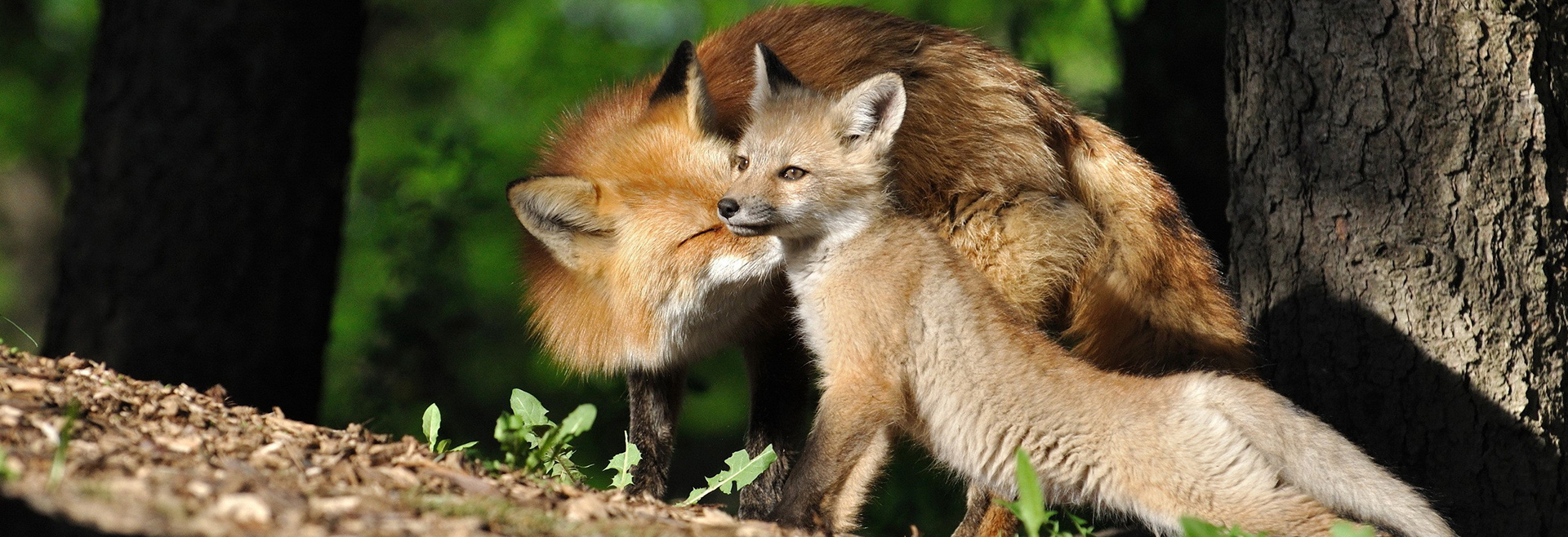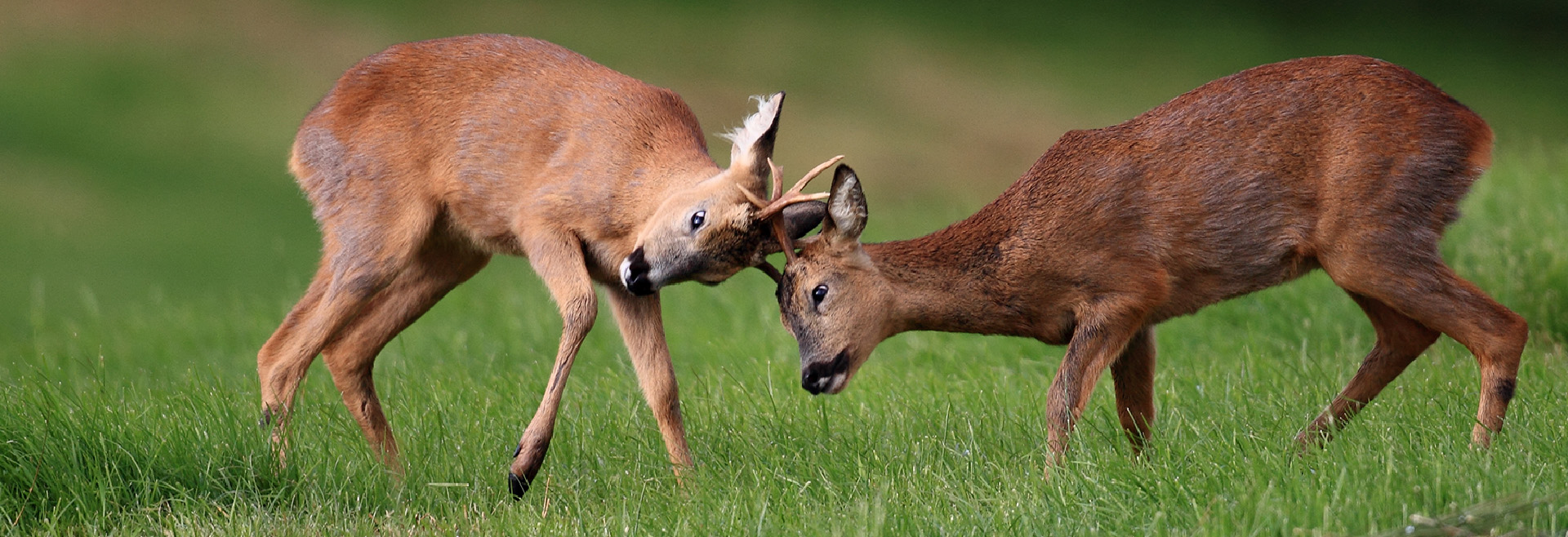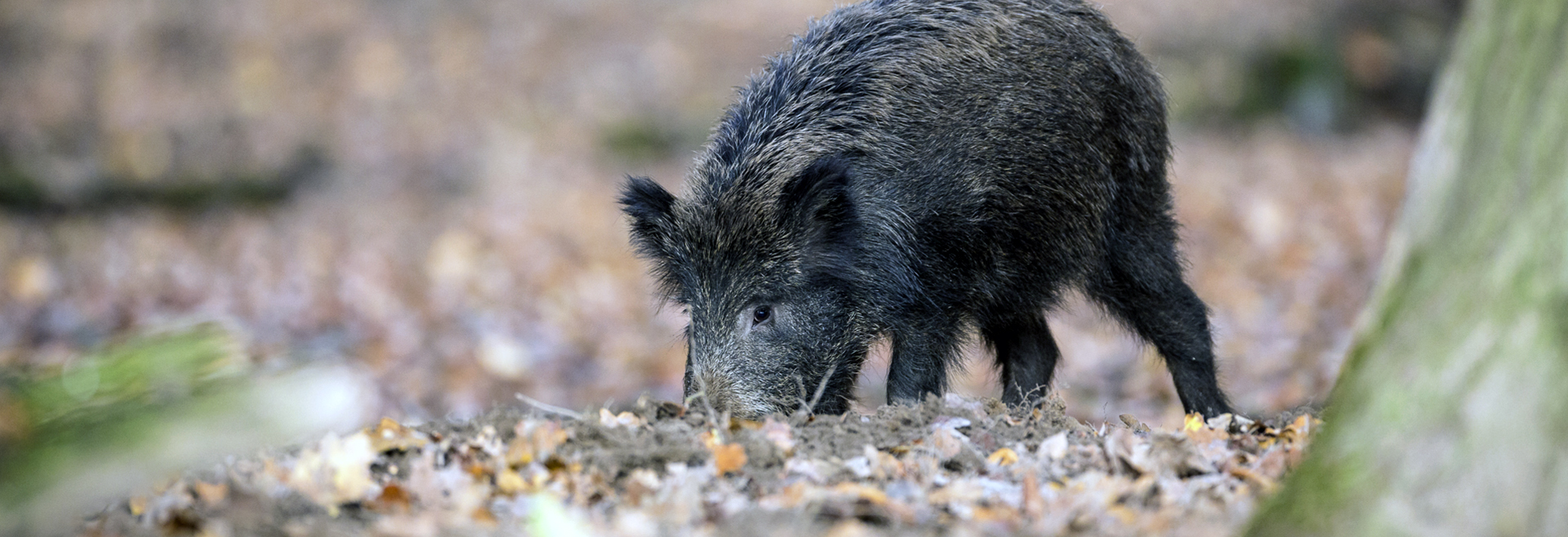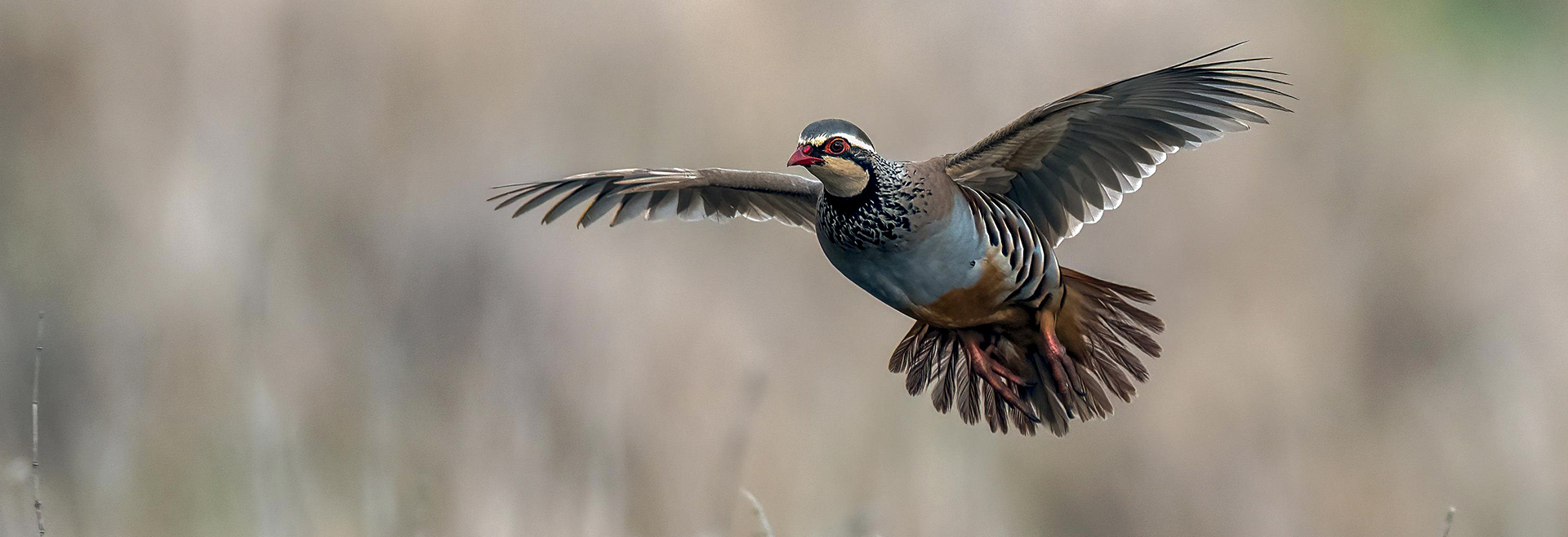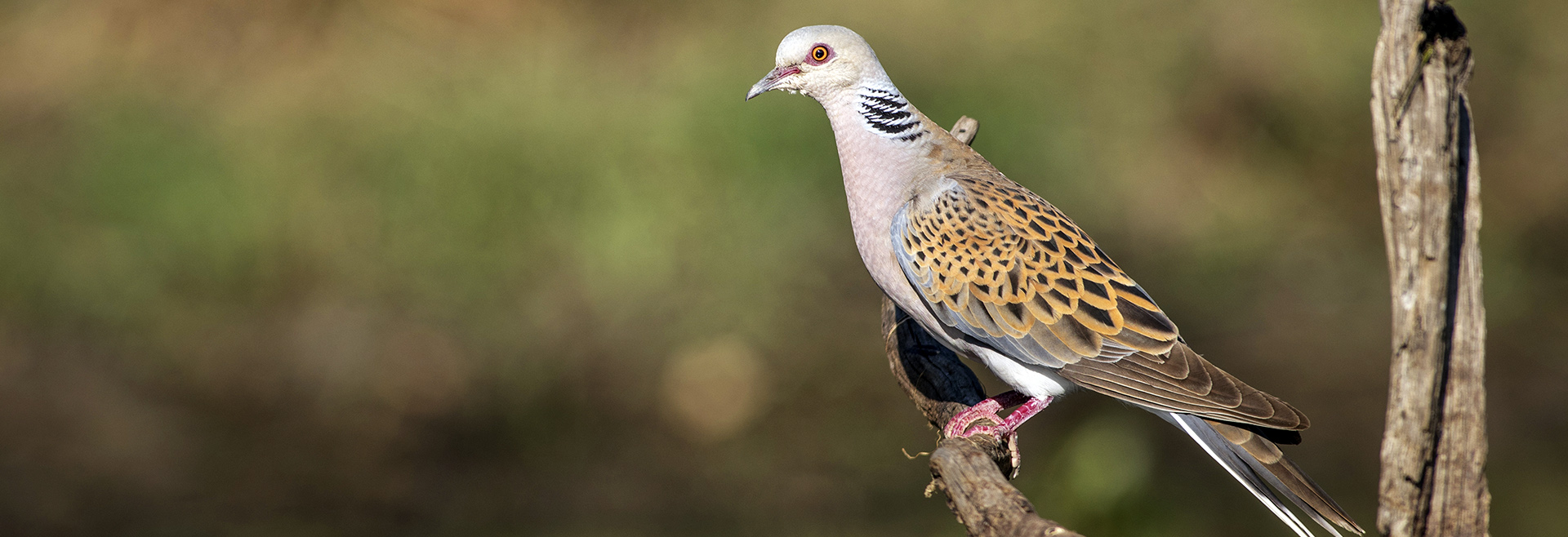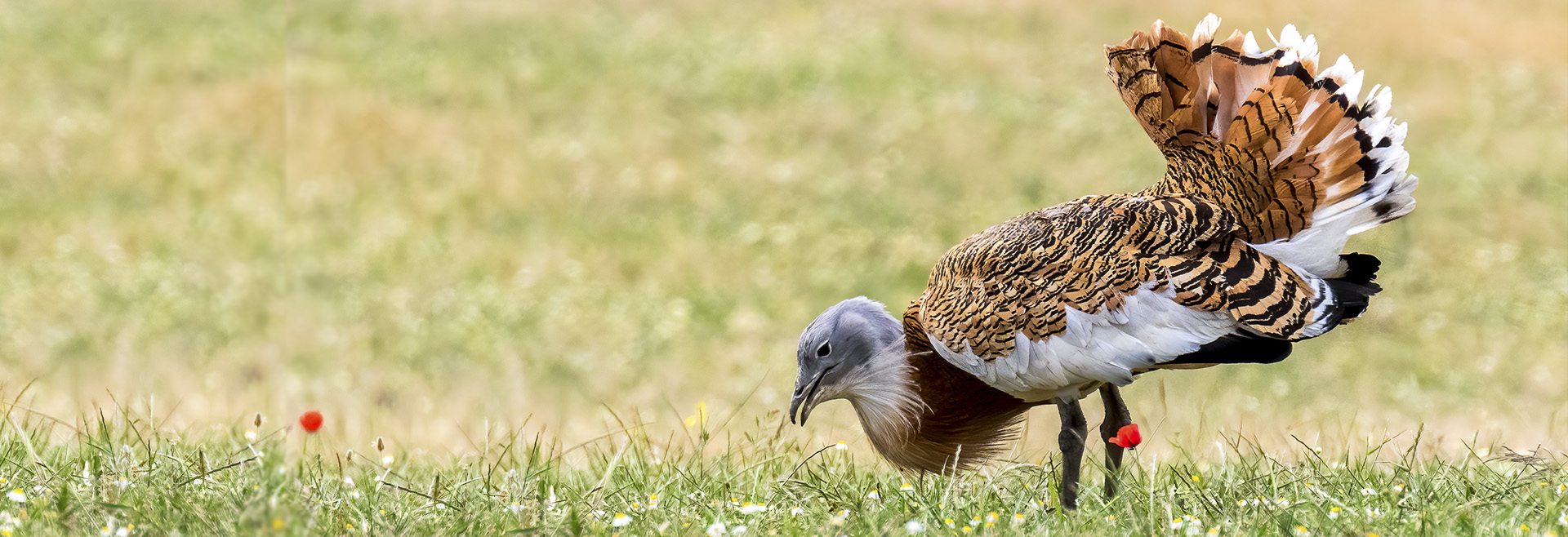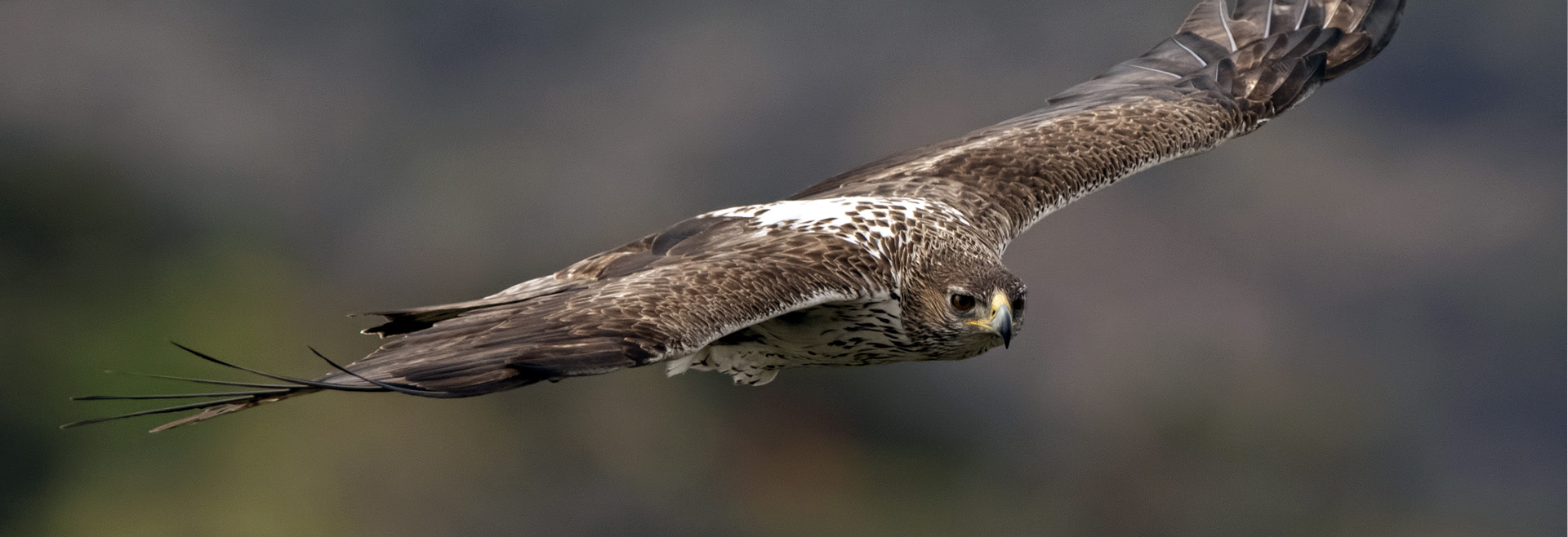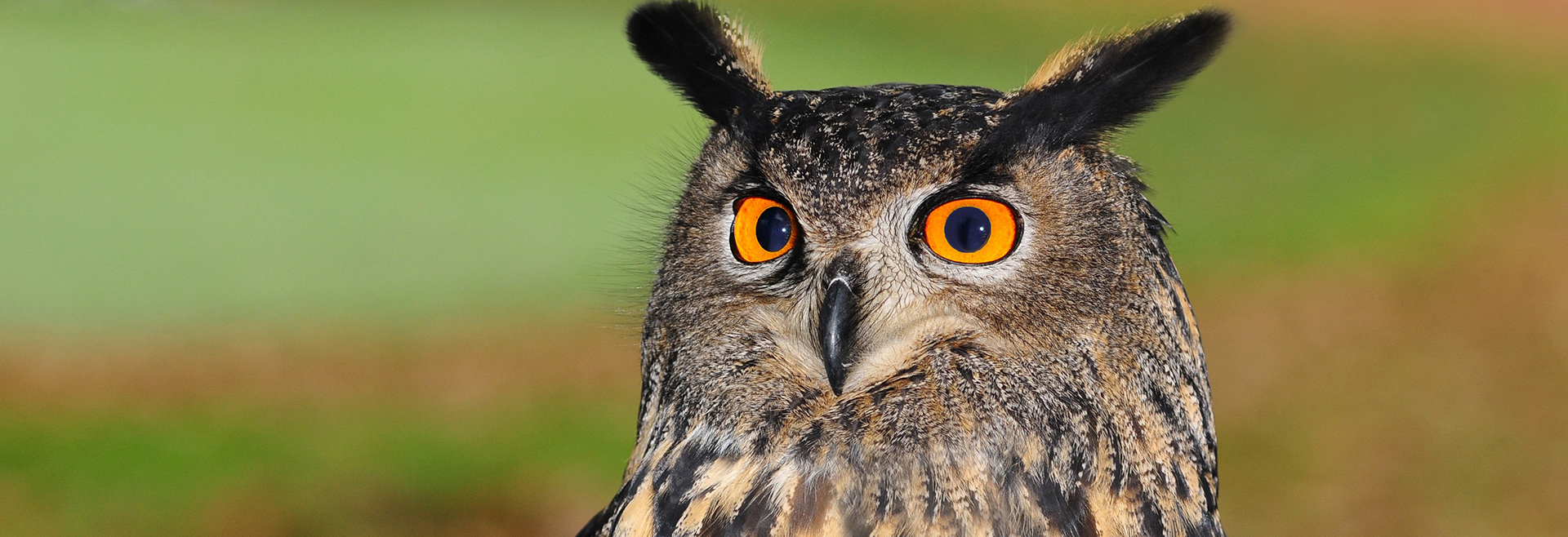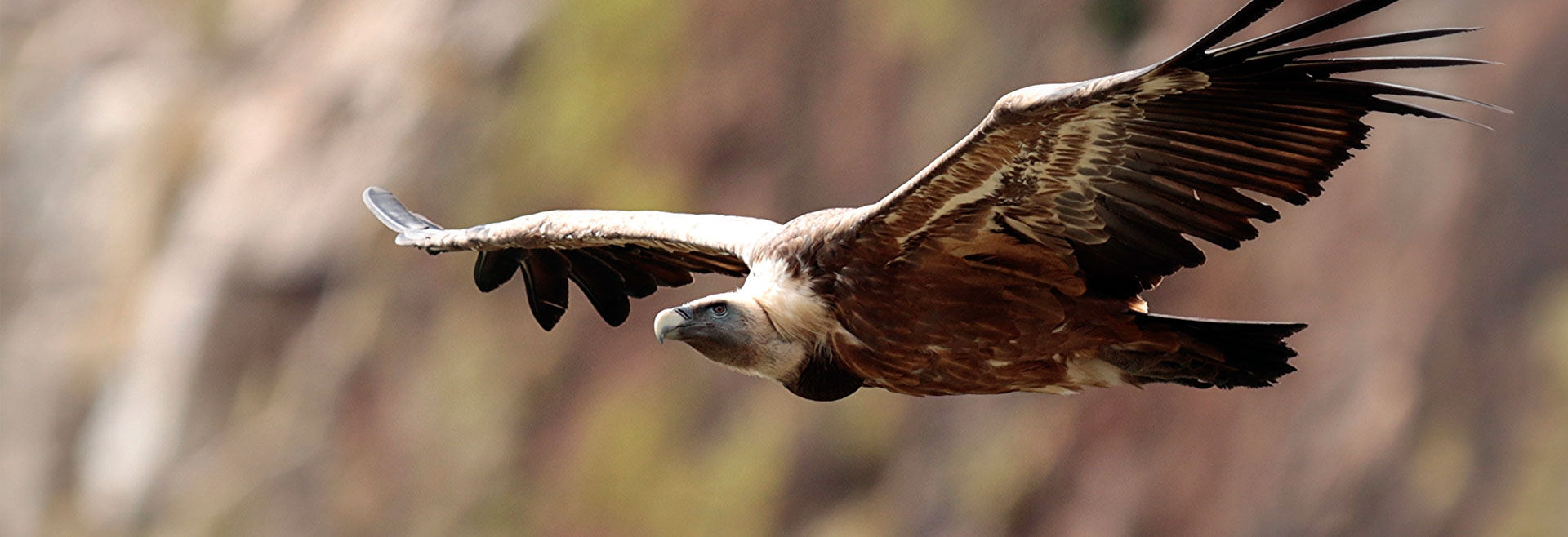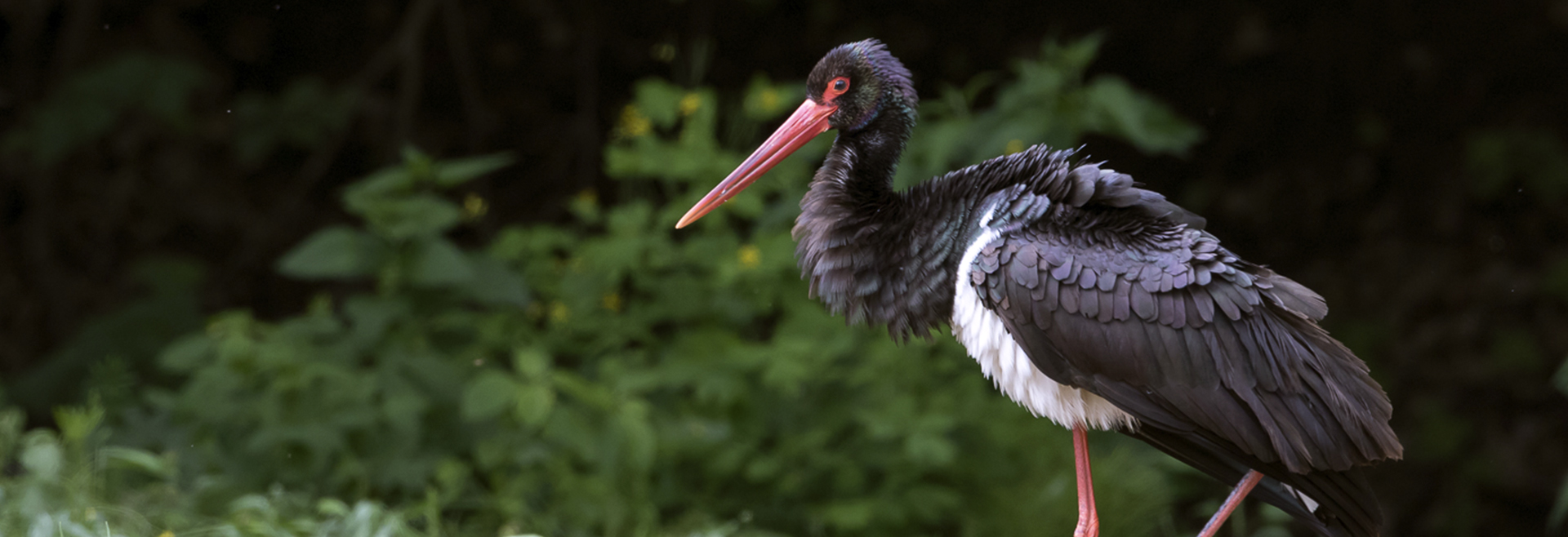Genetic and morphological identification of filarial worm from Iberian hare in Portugal
Tipo de artigo
Artigo Cientifico
-
Veja o artigo
-
RevistaScientific Reports volume 12, Article number: 9310 (2022)
-
Volume e Páginas15
Autores
dos Santos, F.A.A., Duarte, M.D., Carvalho, C.L.
Ano
2022
Instituição do primeiro autor
Instituto Nacional de Investigação Agrária e Veterinária
Resumo
The Iberian hare (Lepus granatensis) is an endemic species of the Iberian Peninsula and the only hare species found in Portugal, although also being present in some areas of Spain. The reduction of wild hare populations due to several ecological and sanitary factors, has been raising growing concerns in the recent years. Despite different helminth species were already described in Iberian hares in Portugal, to this date, no filarial worms have been identified in this species. Furthermore, only a few studies on lagomorphs’ onchocercid worms are available, referring to other hosts species of hares and/or rabbits. In this study, we describe the presence of filarial worms in the blood vessels of two adult Iberian hares collected in 2019 in continental Portugal. Morphology and sequencing data from the 12S rRNA, coxI, 18S rRNA, myoHC, hsp70 and rbp1 genes, showed that the filaroid species were genetically related with Micipsella numidica. However, the extension of the genetic differences found with M. numidica suggests that the filaroids specimens under study belong to a new species, that we provisionally named Micipsella iberica n. sp.. The body location of this putative new parasite species and its physiological implications indicate that it may constitute a potential menace to the already fragile Iberian hare justifying, therefore, further investigation regarding the morphological characterization, prevalence and real clinical impact of this new parasite in hares.
-
Palavras-chaveLepus granatensis; Iberian hare; European wild rabbit; parasite in hares


